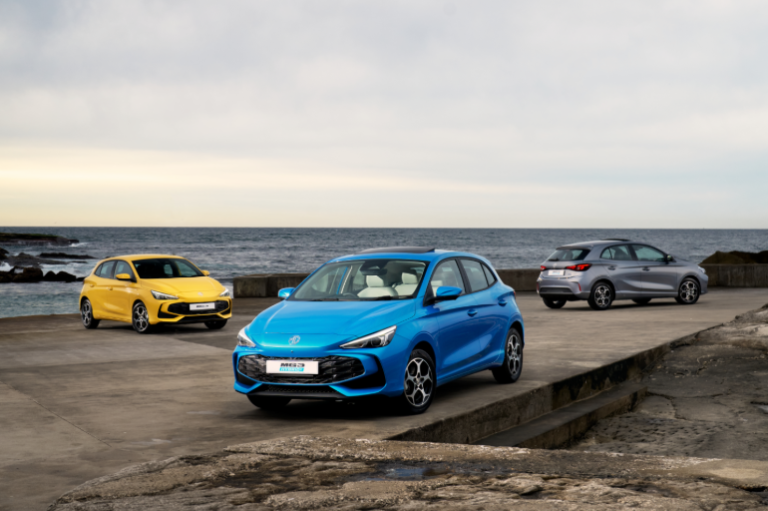Local ANCAP crash testing of the new MG 3 has revealed a varying level of protection for adult and child occupants, in a shock score for the popular small car. The score is, however, significantly better than the zero-star rating given to the MG 5 last year.
The ANCAP report cites that a promising overall Adult Occupant Protection score of 72 percent was achieved with maximum points scored for protection of the driver in the side impact test, however concerns were noted – and a penalty applied – for high impact forces to the driver’s right shoulder in the oblique pole test.
A penalty was also applied for the rear adult passenger in the full width test, as the seatbelt allowed excessive forward head movement. Both the head and chest of the rear passenger were assessed as Marginal in this test, with Good and Adequate results seen for the driver and rear passenger’s legs.
The frontal offset test yielded a mix of Good, Adequate and Marginal results, with hard areas of the underside of the dashboard likely to present a higher injury risk to the legs of both the driver and front passenger. A penalty was thus applied.
ANCAP testing revealed that like many new vehicle models that have entered the market since 2020, the MG 3 lacks a head-protecting centre airbag between the two front seats.The report suggests that as a smaller vehicle, the MG 3’s safety performance is likely to have benefitted from a centre airbag or other countermeasure to prevent contact between the heads of front seat occupants in side impact collisions. As MG did not provide evidence to demonstrate performance in these specific side impact scenarios, zero points were recorded in this section of assessment.
The level of injury protection provided to child occupants was also mixed, with Poor and Marginal scores recorded for the chest of the 10-year-old child dummy in the side impact and frontal offset tests respectively.
A notable improvement to previous generation MG 3 models is the standard-fit range of driver assistance safety technologies including autonomous emergency braking (AEB) and an active lane support system (LSS). The MG 3 performed well in forwards-travel AEB test scenarios involving the pedestrian, motorcycle and vehicle targets. Performance improvements were also seen in turning scenarios. However, the MG 3 does not respond in reversing, crossing or head-on emergency braking scenarios. This reduced level of functionality restricted its scores within the Vulnerable Road User Protection and Safety Assist areas of assessment.
The MG 3 narrowly missed out on a four-star result, limited to three-stars in the Safety Assist pillar. The model therefore achieved an overall score of 58% in this assessment area, with a minimum of 60% required to reach the four-star threshold.
“This rating for the MG 3 is important as its predecessor offered limited safety,” said ANCAP Chief Executive Officer, Carla Hoorweg.
“The MG 3’s safety scores were healthy in some areas, particularly vulnerable road user protection, however there are still a number of opportunities for MG to deliver safety improvements and we encourage them to consider these findings in future vehicle upgrades.”
“The physical size of the MG 3 puts it at a disadvantage in a mixed fleet, which is why we would have liked to have seen this new model offer better physical protection and restraints, but we’ve definitely seen some green shoots with this vehicle in comparison to the model it superseded and our other most-recently rated MG – the zero-star MG 5.”
Full details on the performance of the MG 3 (hybrid and petrol) can be viewed on ANCAP’s site here.






